This product is sold unpainted.
Additional Images.
1. Image is by kind permission of the 'All Things Jacklex' blog and shows Japanese battalions preparing to ward off an imminent table top Russian attack.
2. Image from a demonstration game held at the Battleground Show. The Japanese infantry throwing themselves at Russian trenches at the Motien Pass, Manchuria, 1904. In line with the war there are massive Japanese casualties.
3-4. Japanese Army regiments form to face the Russian foe. I do like the oriental houses as a backdrop. From the collection of Roy Boss.
THE JAPANESE INFANTRY ATTACK
Japanese doctrine for the attack against pre-prepared defensive positions generally followed the following form. Pre-war it was based on French tactical methods but this was replaced by adherence to the German Army field manual of 1884. The attack began with a detailed reconnaissance of the enemy position, followed by a rapid advance in a series of rushes to within 600-800m of the enemy line; at that distance a position would be established with rifle and artillery fire, and trenches dug. This position would be used to harry the enemy line and to dig parallels for the next stage of the attack, which would follow the same pattern as the initial assault (sometimes being undertaken under cover of darkness), moving closer until a final assault became practical once the Japanese firing line had drawn to within 100-200m of the enemy position. During the final period of such an attack the officers would move to the front of their units with their swords drawn to lead the charge home.
Battalions would advance in a variety of formations including company echelon in column or line and sometimes with its four companies spread across a maximum frontage of 300m. This proved to be too concentrated against well defended positions supported by machine guns and artillery.
THE WARGAMER may wish to take account of the leadership factor in Japanese attacks. On the whole Japanese leadership from its officer corps was better than the Russian and therefore a plus factor in the attack may be appropriate. It is difficult, and probably a little boring to recreate fully the successive digging methods highlighted above on the wargame table. This is particularly the case at such short ranges. Building in the rushes of a Japanese attacker with frequent morale checks might be the best way to get close to an historical outcome.
Source: ‘Combat, Russian Soldier versus Japanese Soldier, Manchuria 1904-05’, David Campbell, Osprey Publishing, 2019.


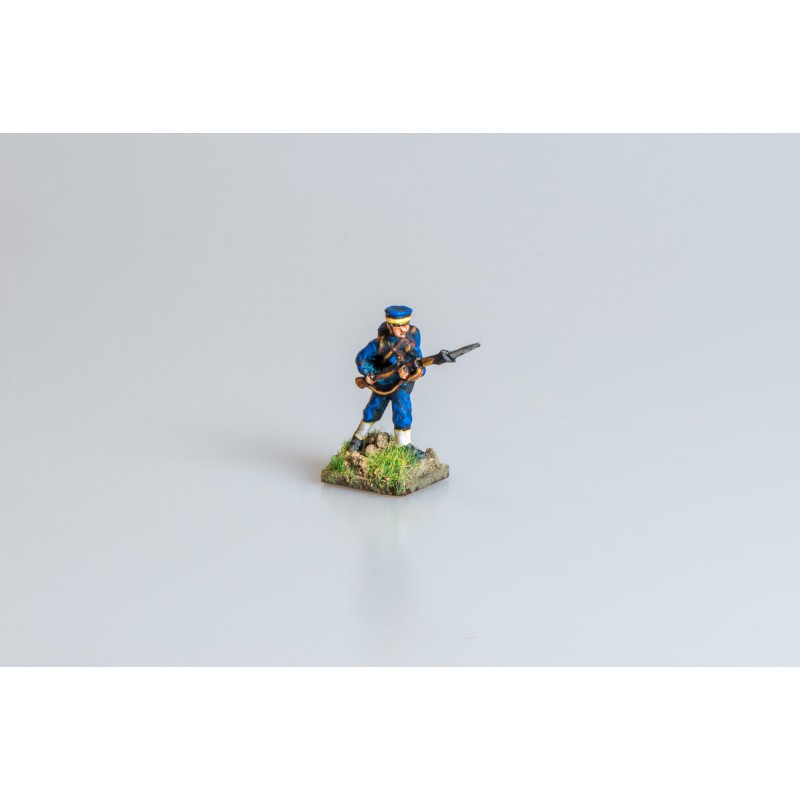
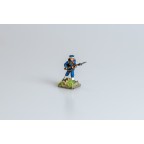
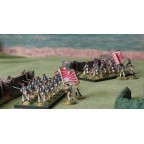
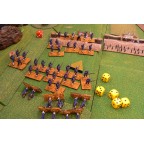
%201-144x144.jpg)
%202-144x144.jpg)
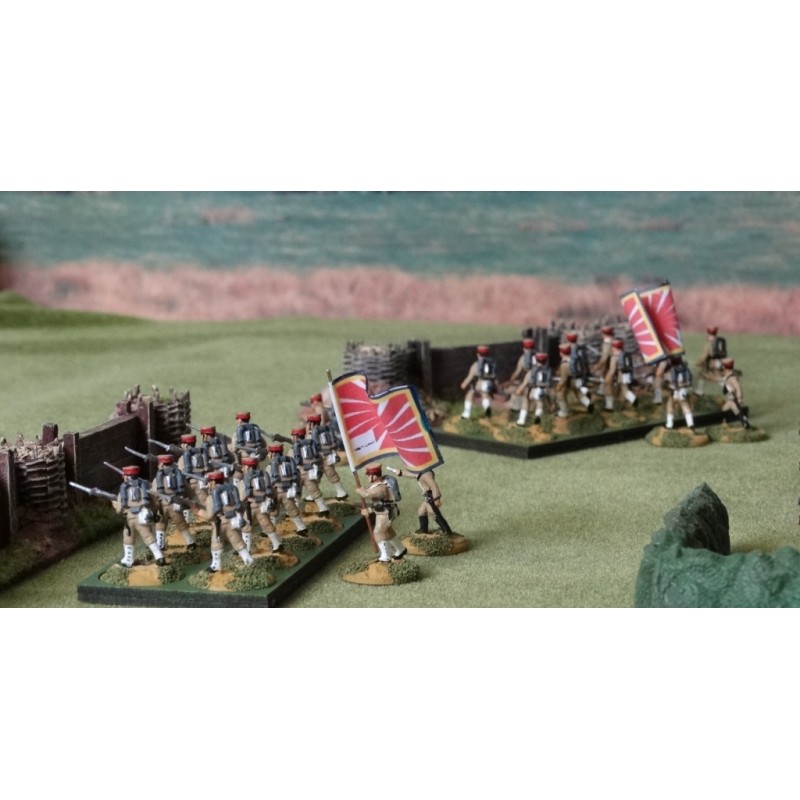
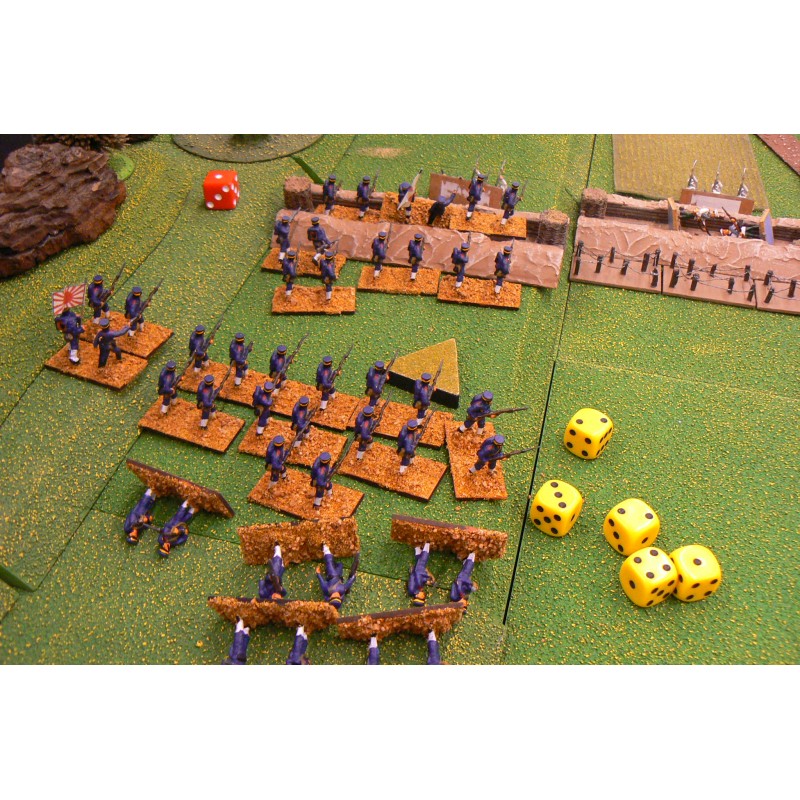
%201-800x800.jpg)
%202-800x800.jpg)